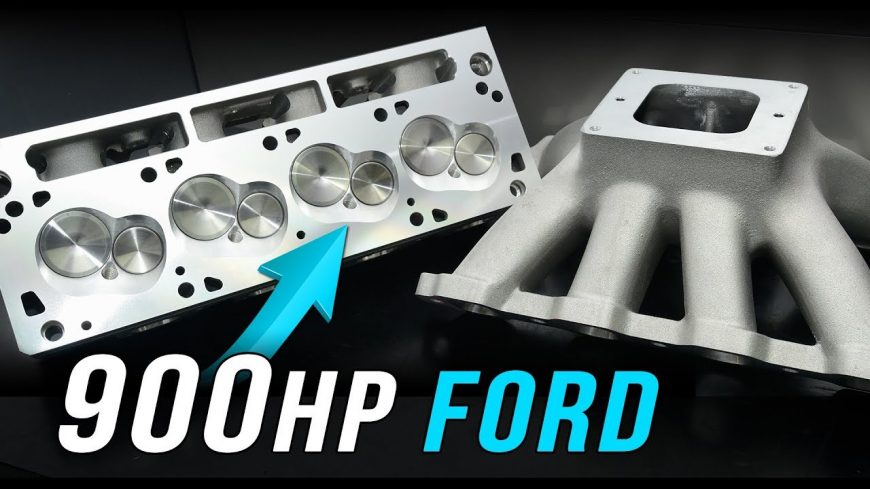How To Make Real Deal Horsepower On Pump Gas

I know what a lot of you guys are saying these numbers really aren’t impressive. I get it. In this day and age, when cars routinely roll off the showroom floor with 700 horsepower at the crank, seeing an engine producing 975 horsepower on the dyno really doesn’t seem impressive.
Except it is. I’m going to do my best to explain why.
Those factory beasts all have one thing in common: forced induction. I’m not in any way trying to diminish the impressive numbers we’re seeing from modern hotrods like the ZR1 ‘Vette and the Dodge Demon, I’m simply pointing out that it’s much easier to make huge horsepower numbers when you have a supercharger cramming air into the engine. Then you look at cars like the Bugatti Chiron that utilize not only massive displacement, but a quartet of turbochargers to push the engine to 4-digit horsepower levels.
This engine – which is a small block Ford, not a massive displacement big block – is completely reliant on the atmospheric pressure to fill the cylinders with air, which means it’s not as simple as cranking up the boost to up the horsepower levels. Instead, the engine’s components have to be as efficient as possible at pulling air in the intake and pushing it out the exhaust. One of the biggest factors in an engine’s efficiency is the heads, and Higgins Race Heads had designed a head and intake package that flows over 400 cfm, which is a huge amount of air for a naturally aspirated engine.
As you can see in the dyno footage, this thing screams under throttle and the tune, which is fed 98 octane pump gas by a carburetor instead of electronic fuel injection, creates nice broad torque and horsepower curves, meaning the engine will pull hard from low RPM to redline! This is definitely a badass engine, and should lay down some killer numbers on the drag strip.

